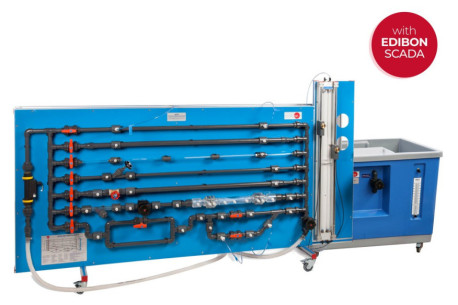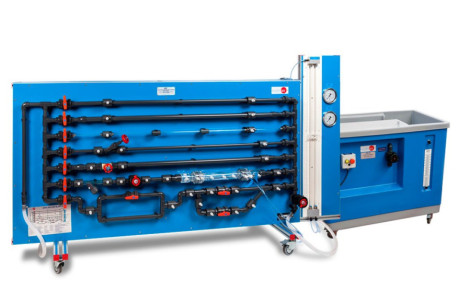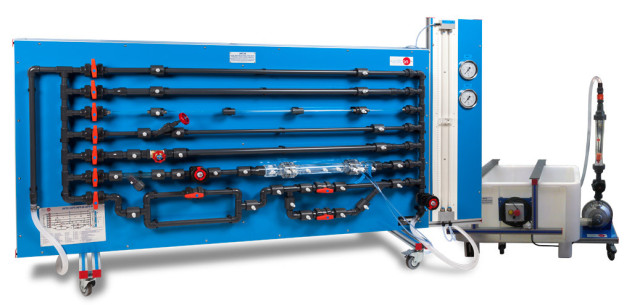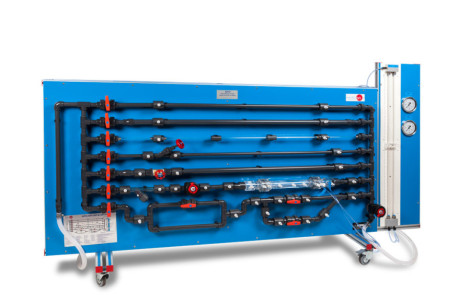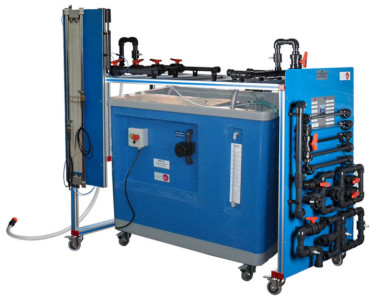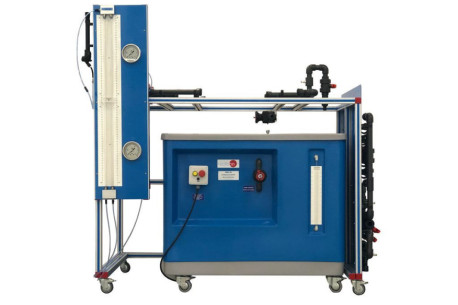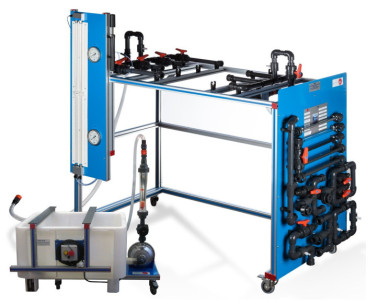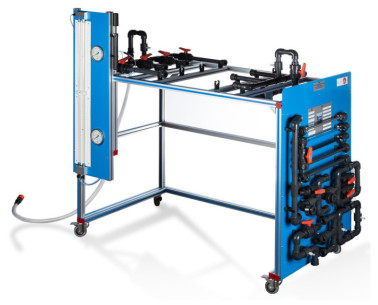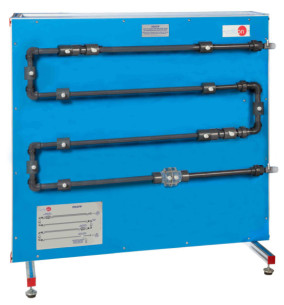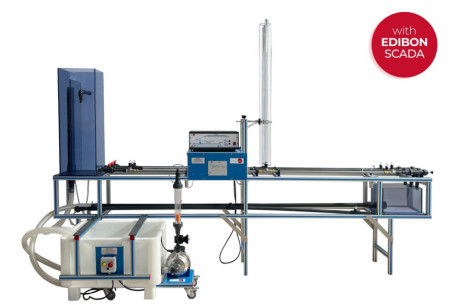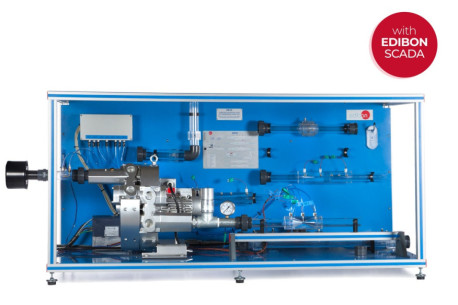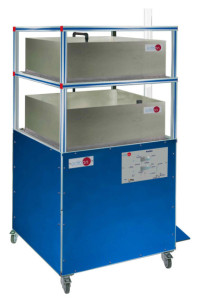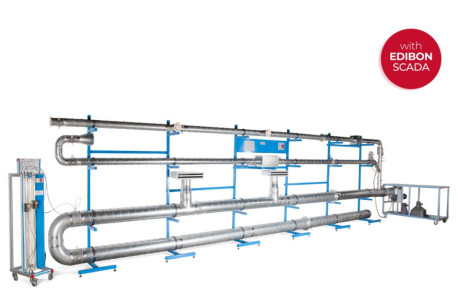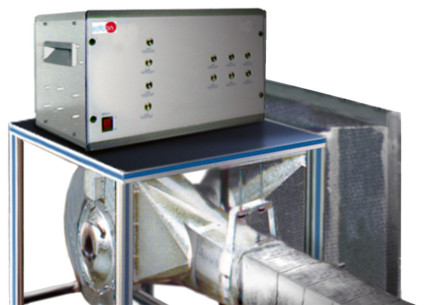FOR FURTHER INFORMATION, CONTACT US
8.8.- FLUID PIPING SYSTEM
In engineering, a fluid piping system is defined as the structure or construction that transports a fluid from a source to the required destination. Two types of conduits are distinguished: closed conduits (pipes, tunnels or culverts) and open conduits (natural currents). Flow in closed conduits will generally be affected by pressure, as opposed to what happens in those conduits that have a free surface.
View moreThe piping systems are used in many and varied constructions. For that purpose, they must adapt to them with components. The main components in a piping line are the pipes and fittings (joints, elbows, reducers, valves, etc.). In addition, according to the design specifications or the requirements of the construction, the pipes can transport the fluid thanks to a pumping system, by gravity or by both mechanisms. The study of the materials is also important, due to possible presence of coarse solids or the abrasive character of the fluids, among other properties.
The best example of piping system is the drinking water distribution and supply network. The human water consumption facilities, which must guarantee safety and hygiene, are composed of various elements such as tanks, pipes, accessories, etc. Other examples are the pipes for drainage of waste water and rain water, for the irrigation systems with recycled water or for the rainwater management in buildings.
View Products Cookie preferences
Cookie preferences

